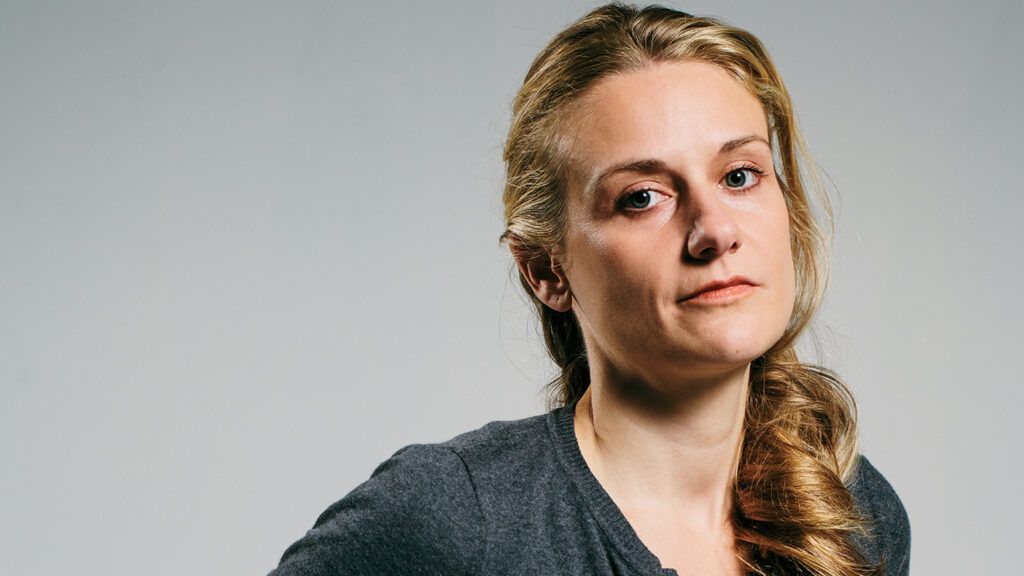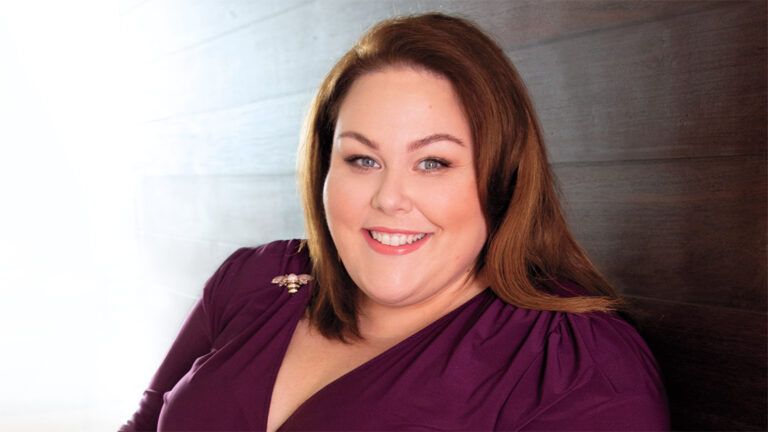How to help the lonely? How to help yourself when you are one of the lonely? I’m a clinical psychologist, and my passion is helping people who feel so disconnected they contemplate and sometimes attempt suicide. The bad news: There is a loneliness epidemic in America. The good news: We can do something about it. And it won’t take an army of specialists and billions of dollars. It’s as simple as reaching out, using the genuine compassion and empathy we all have. All it takes is a caring message.
Before I say more about caring messages, let’s look at loneliness and the steps you can take to address it. Let me turn to my own experience.
Acknowledge what you’re going through.
We moved around constantly when I was growing up, from the Pacific Northwest to Minnesota to stints in Alaska, where my dad worked as a laborer on the oil pipeline. I changed schools nine times before ninth grade. I felt uprooted. When I got my most upset, I would find myself repeating, “I want to go home. I want to go home.”
I was desperate to be liked, to find some kind of home through connection. I really cared what people thought of me. I figured by doing all the “right” things, I would ease my loneliness. I joined three sports, got a part-time job, wrote for the school paper, did Meals on Wheels and became a Big Sister, became student council president and more. I always felt as if I had to do more or that I wasn’t doing a good enough job.
Somewhere along the line, as for many teen girls, looks and weight became important. I alternated between starving myself and binge eating. I might have been homecoming queen senior year, but that didn’t mean I liked who I saw in the mirror. I grasp now how counter to my goal of connection these approaches were.
The curious thing about my loneliness, as you are probably aware, is that it gave me greater compassion for the outcasts at school, the kids getting bullied, the others who sat alone. If you’ve been on the receiving end, you’ll agree: Small acts of compassion matter when you are alone or in pain. Looking at my yearbook, I saw messages from those who struggled to find friends, like one boy who wrote, “Thanks for being a friend when I needed one.”
I can’t imagine I did much, probably just scrawled a few lines on a card and left it on his desk. There was the boy whose locker was next to mine, a kind of intellectual guy. He was always losing pencils. One day, I put a stash of new pencils in his locker when he wasn’t looking. I didn’t tell a soul.
Now I realize these were attempts—conscious or subconscious—to connect with others through their pain. It might have been a gift from me, but it was also a gift to me. A chance to get out of myself and acknowledge my own pain.
Know that you’re not alone.
Freshman year at the University of Minnesota, I went to see a nurse on campus who was a therapist in training. Maybe she could help me understand my despair. At that first appointment, I was too scared to say much. The second visit, I put on some makeup and a nice dress, hoping to make a good impression. “Oh, you’re looking better already,” the nurse said. Didn’t she know how unlovable I felt, how broken? What I looked like on the outside was nothing close to how I felt inside.
Later that year, I took my first psychology course. What an eye-opener! The professor was fascinating. I discovered there was research that showed how the lonely could be reached, tools that could help them, professionals who were doing things that made a difference. Loneliness didn’t have to be so lonely after all.
I was drawn to the work of a psychologist and professor at the University of Washington, Marsha Linehan, who developed dialectical behavior therapy (DBT), which teaches patients how to redirect suicidal thoughts and build a life worth living. I transferred to UW at the end of my sophomore year. I finished my undergrad degree there and stayed on for grad school to become a therapist myself. My own struggle with loneliness was not unusual. There were so many hurting people.
Trust and work with your feelings.
In traditional psychotherapy, there is a big clinical divide between patient and therapist. The patient never hears from the therapist in between visits. If the therapy doesn’t work, it’s as though the patient were at fault. They didn’t stick with it long enough. They weren’t willing to do the tough digging. They weren’t complying with treatment.
Dr. Linehan’s vision was a partnership between patient and therapist. Instead of saying, “I know what’s best for you,” the therapist listened carefully, helping the person understand what they felt and what they wanted. Meeting them where they were and honoring their feelings. Or as Dr. Linehan put it, teaching people how to find their own wisdom. We were never to give up on a patient. If they didn’t show up at an appointment, we would send a message, “Looking forward to seeing you next week.” We’d do it week after week if necessary.
Be accepting of yourself and others.
Mindfulness was not only a private spiritual practice for Dr. Linehan but a set of skills she taught us so we could teach patients. How do you practice mindfulness? First, you can observe what you are thinking and feeling, what’s around you—part of all contemplative practices. Then describe it, without judgment. Finally, participate in it—the equivalent of “Dance like no one is watching.”
DBT is based on the belief that everyone has the God-given capacity for wisdom. Finding what Dr. Linehan called your “wise mind” meant valuing both reason (facts, logic, tasks) and emotion (moods, feelings, urges) and bringing those sides of yourself together. That was something we did in therapy. We didn’t blame patients for their failings or their feelings.
My first Christmas in grad school, we students gathered around a table and sent cards to all our patients, writing a personal message and signing each one. It was like giving those pencils to the kid whose locker was next to mine at school. Doing something kind with no expectation of anything in return. For Dr. Linehan it was part of the therapeutic practice.
Reach out.
A key influence on Dr. Linehan’s work was research done by psychiatrist Jerome Motto in the late 1960s and early 1970s. A World War II veteran, Dr. Motto remembered what a difference the letters he received made when he was overseas, fighting in the Battle of the Bulge. In particular, letters from a woman he didn’t know all that well. They weren’t deeply personal; she wrote about everyday things. But even when he couldn’t reply, the letters came. Their consistency implied a sincere interest, which helped sustain him.
What if letters like that could help the suicidal? Even form letters? Over several years, Dr. Motto and his team tested his theory by sending a series of letters—typed on an IBM Selectric—to almost 1,000 people who had attempted suicide. “It has been some time since you were here at the hospital, and we hope things are going well for you,” one would say. Or: “This is just a note to assure you of our continuing interest in how you are doing.”
The amazing thing was, they worked. The people who received the letters were far less likely to die by suicide. It wasn’t the content of the letters as much as the consistency of the message: We care about you. Which brings me to my next point.
Send a caring message.
After I finished my training with Dr. Linehan, I worked at a hospital. I was shocked at how suicidal patients were treated. Physical symptoms would be addressed. They might have a few visits with a therapist like me, but after leaving the hospital, there was no follow-up. No addressing their underlying loneliness and despair. No formal protocol—as there would be for a heart patient—of subsequent visits.
I chased after those patients on my own. Making calls, sending texts, reaching out. One woman I saw for several years after she’d left the hospital. She wasn’t officially a patient, but she was someone I cared about.
Caring mattered. Not only for her but for me. I launched my own clinical practice, using all that I’d learned. No wall between me and the patient. I could fail, we could fail, but we wouldn’t give up. I found myself sending texts in between visits: a joke I heard, a pun, a cat video. I’d think of what they liked, what we had talked about and stay in touch. Once when I was really busy, I forgot to text one patient. She came into my office for her next appointment and said, “I didn’t hear from you this week.”
Couldn’t caring messages be sent by others, not just therapists? I devised posters, postcards, letters that people could use as templates and set up a nonprofit, NowMattersNow.org, where they could download the samples.
The thing is, the more you reach out, the less lonely you yourself become. And in the process, you help someone else cope with their loneliness. Years ago, a WWII vet who’d survived the nightmarish Battle of the Bulge discovered through rigorous research that the dreadful tide of suicide could be turned. It can be done again today.
Dr. Motto was once challenged by a fellow psychiatrist. “Am I my brother’s keeper?” the man asked him. “No,” Dr. Motto said, “but you are your brother’s brother.” We are all connected. We are all worthy of care.
How to Send a Caring Message
Want to help someone who’s lonely? Or lessen your own burden of loneliness? Send a text, a postcard, an e-mail, a Facebook message. A few guidelines:
Make it personal.
Do you have a memory of that person, an experience you shared? Put it down. “I was just thinking of that time when….” Do you know their favorite sports team? Recall their dog or cat’s name or a favorite recipe? Send something specific to the person.
Make it nonjudgmental.
This isn’t the time to ask, “Have you applied to any jobs this week?” or “Did you make an appointment to see your doctor?”
Make it quick.
If I’m spending more than 90 seconds on an e-mail or text, I’m overthinking it. Spontaneity is best. Your message is simply a reminder that the person is in your thoughts. Keep sending messages over time. After all, Dr. Motto and his team sent a series of form letters. And look at what a difference they made! You can do the same.
For more inspiring stories, subscribe to Guideposts magazine.






